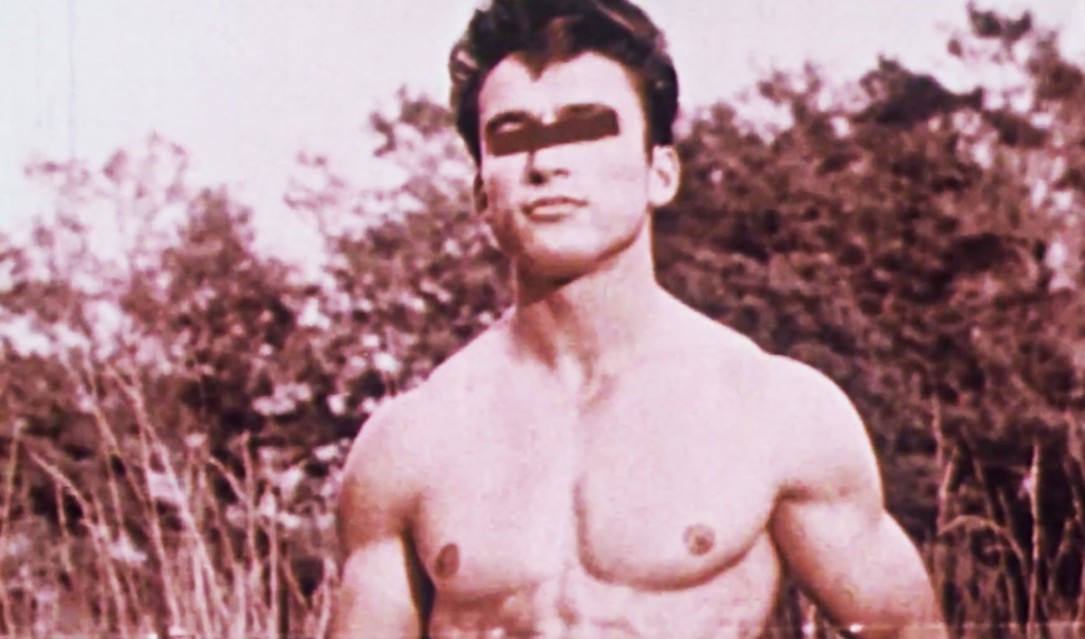Cam and Mitch on Modern Family. Image via ABC
From a lack of racial diversity in the LGBTQ characters that do exist on TV, to the tropes and clichés their roles often embody, it sometimes feels like the best case scenario for queer TV representation is watching our favorite lesbian characters get killed off in dramatic plot lines.The fight for equitable, proper media representation for queer people is an endless one; luckily, GLAAD is there to track our progress (or lack thereof, depending on where you stand). Yesterday, the LGBTQ media watchdog released their 21st annual “Where We Are on TV” report, which tracks the proliferation of queer characters across primetime television and streaming services. And while representation is getting better in some respects—6.4 percent of regular series characters expected to appear on primetime scripted TV in the coming year are queer, the highest number since the report began—the report also shed light on a more alarming finding: these characters are overwhelmingly white men.GLAAD said racial diversity amongst primetime broadcast networks dropped two percent since last year, and on cable and streaming services, 64 percent and 77 percent of LGBTQ characters counted, respectively, were white. In addition, the number of queer women on broadcast and cable programs actually dropped this year, due in part to “a very deadly year for queer female characters,” the report noted. And about half of all LGBTQ characters on TV are gay men—a preponderance that’s endured, generally speaking, since queer characters first broke into TV in the 1970s.Those findings can make it hard to celebrate the wins, but there were definite wins. GLAAD noted it was able to count asexual and nonbinary characters for the first time in the report’s history. Shows like Transparent, which features seven recurring LGBTQ characters, and One Mississippi, a semi-autobiographical show from out lesbian comedian Tig Notaro, continue to push forward both the scope and prominence of queer roles on TV. There are actors like Tituss Burgess to applaud, who has been celebrated for, among other things, using his role on Unbreakable Kimmy Schmidt to undermine the “gay best friend” trope. Disney Channel just announced their first character to come out as gay, a huge step for children’s programming. Freeform (formerly ABC Family) continues to make huge strides for inclusion, with 27 recurring LGBTQ characters across the network’s lineup, the most on cable TV.But those victories belie the truth of how much work is left to ensure queer people are represented in ways that reflect real world diversity without playing into damaging stereotypes.
Watch VICE profile people who have lived through gay conversion therapy:
Even with the rise in representation we’ve seen in the last decade, many queer characters on TV often fall victim to stereotypes and tropes; for instance, GLAAD’s report highlights that many storylines featuring transgender characters on TV center on coming out. Too many TV shows continue to bury their gays; GLAAD found that since the start of 2016, over 25 queer women have been killed off on scripted and streaming TV series.Unfortunately, none of this is new. While sympathetic portrayals of gay men have been around since the early 70s, it wasn’t until the 90s that queer female characters were finally introduced to TV. And they were often used for shock value, like the kiss between Rachel and her college friend on Friends. Queer female storylines improved with shows like Roseanne, Buffy the Vampire Slayer, Ellen Degeneres’ early sitcom Ellen, and LA Law. The 2000s brought us groundbreaking queer-centric shows like Queer as Folk and The L-Word. But through it all—and still today—racial diversity has been lacking and storylines have often fumbled.Even more recent shows, like Modern Family and Transparent, feature primarily white characters; with the killing of Poussey in 2015, even Orange is the New Black—a show that has always been exemplary for queer POC female representation—chose to bury one if its gays. And while streaming services boast wins like having the most transgender characters on-screen, they, too, fall victim to pitiful levels of racial diversity.All around, television must do better in representation—specifically in racial and gender diversity. We need more transgender characters, more queer characters on the LGBTQ spectrum (nonbinary, asexual, intersex, pansexual), and more queer disabled characters, portrayed fairly and free of stereotypes. After all, if some members of the LGBTQ community are seen and heard more than others, what progress has been made? If everyone isn’t included, no one is.Follow Jill Gutowitz on Twitter.Correction: A previous version of this article misstated the amount of racial diversity among primetime broadcast networks and the percentage of characters who were white in programs on cable and streaming services.
Advertisement
Advertisement
Watch VICE profile people who have lived through gay conversion therapy:

Even with the rise in representation we’ve seen in the last decade, many queer characters on TV often fall victim to stereotypes and tropes; for instance, GLAAD’s report highlights that many storylines featuring transgender characters on TV center on coming out. Too many TV shows continue to bury their gays; GLAAD found that since the start of 2016, over 25 queer women have been killed off on scripted and streaming TV series.Unfortunately, none of this is new. While sympathetic portrayals of gay men have been around since the early 70s, it wasn’t until the 90s that queer female characters were finally introduced to TV. And they were often used for shock value, like the kiss between Rachel and her college friend on Friends. Queer female storylines improved with shows like Roseanne, Buffy the Vampire Slayer, Ellen Degeneres’ early sitcom Ellen, and LA Law. The 2000s brought us groundbreaking queer-centric shows like Queer as Folk and The L-Word. But through it all—and still today—racial diversity has been lacking and storylines have often fumbled.Even more recent shows, like Modern Family and Transparent, feature primarily white characters; with the killing of Poussey in 2015, even Orange is the New Black—a show that has always been exemplary for queer POC female representation—chose to bury one if its gays. And while streaming services boast wins like having the most transgender characters on-screen, they, too, fall victim to pitiful levels of racial diversity.All around, television must do better in representation—specifically in racial and gender diversity. We need more transgender characters, more queer characters on the LGBTQ spectrum (nonbinary, asexual, intersex, pansexual), and more queer disabled characters, portrayed fairly and free of stereotypes. After all, if some members of the LGBTQ community are seen and heard more than others, what progress has been made? If everyone isn’t included, no one is.Follow Jill Gutowitz on Twitter.Correction: A previous version of this article misstated the amount of racial diversity among primetime broadcast networks and the percentage of characters who were white in programs on cable and streaming services.
